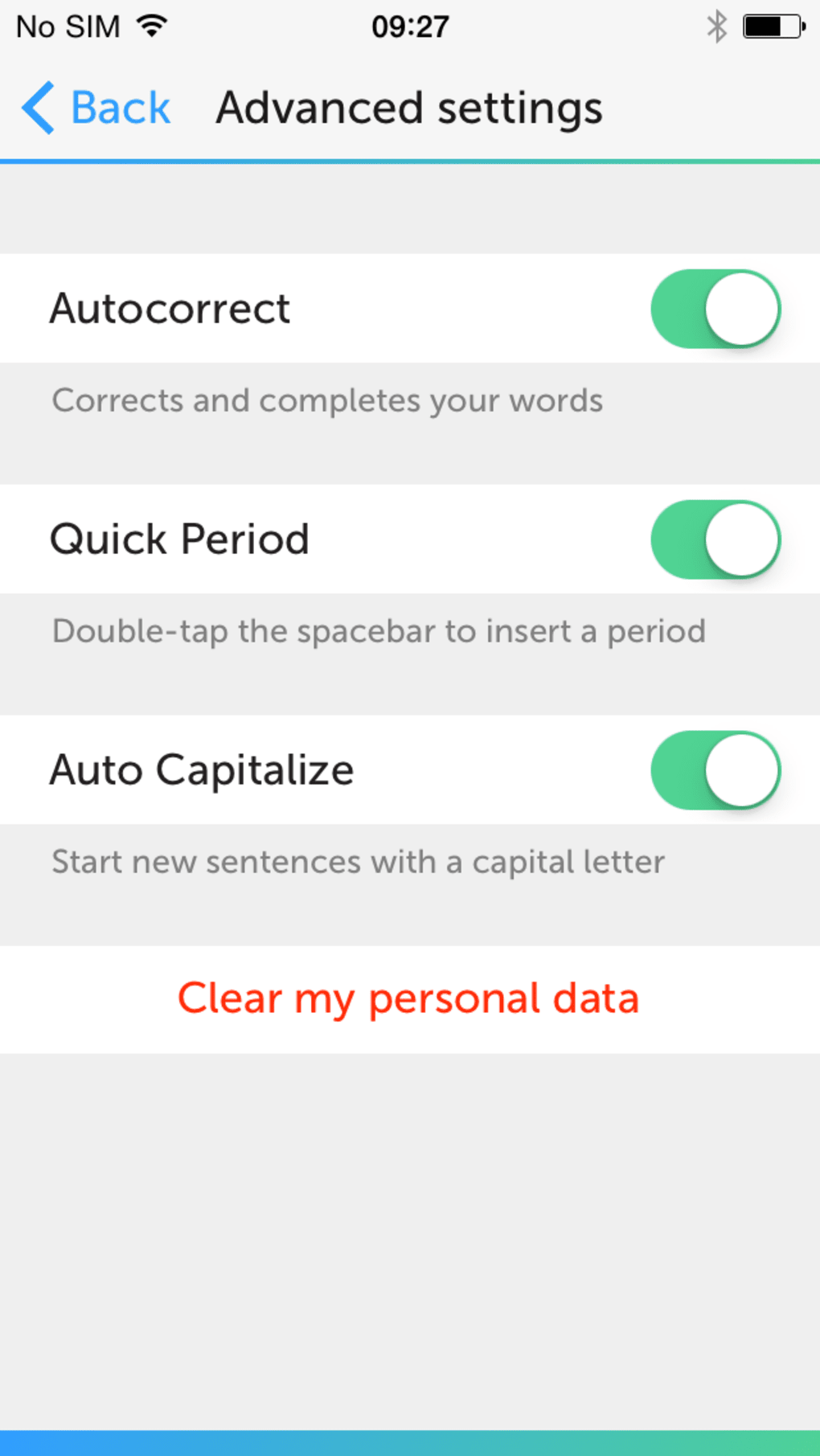
According to the guide, network access is disabled by default. The notion of "full access" is equivalent to the term "network access" that Apple's App Extension Programming Guide discusses when explaining how to build a custom keyboard. On iOS, this is possible if the user grants the app "full access," as encouraged or required by the application. The primary security concerns related to keyboard applications are associated with their ability to transmit the user's keystrokes and potentially other sensitive data to developers' servers. Granting Network Access to the Keyboard App

iOS places greater restrictions on keyboards than do Android operating systems however, even Apple cannot control what keyboard developers do with keystroke data if users allow these apps to communicate over the network. Third-party keyboards received a boost of attention when Apple made it possible to implement such apps starting with iOS version 8, though this capability have existed on Android for a while.

Before enabling the apps, their users should understand the security repercussions of third-party keyboards, along with the safeguards implemented by their developers. Major mobile device platforms allow users to replace built-in keyboard apps with third-party alternatives, which have the potential to capture, leak and misuse the keystroke data they process.


 0 kommentar(er)
0 kommentar(er)
